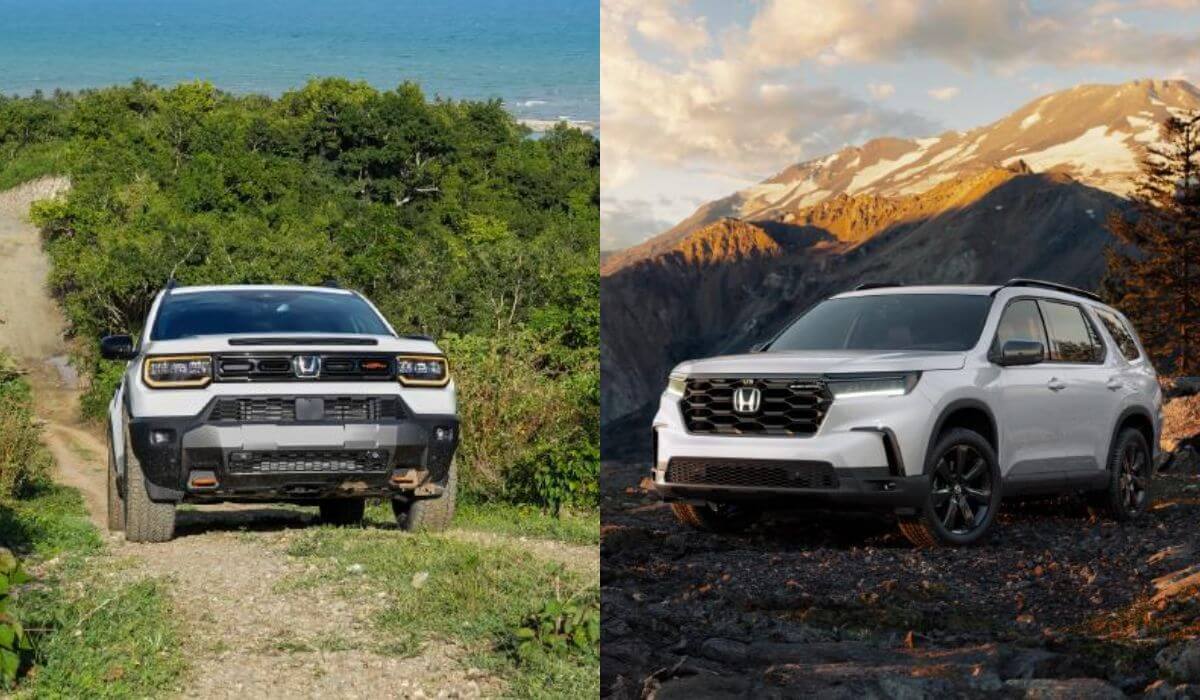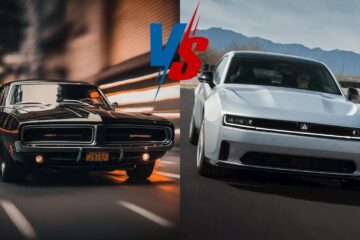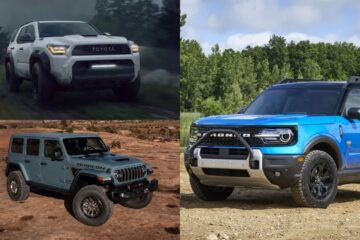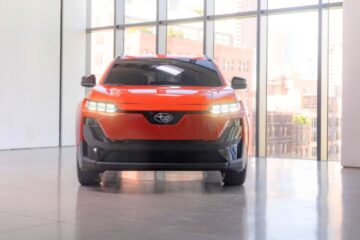The SUV market is full right now—Jeep Grand Cherokee, Ford Edge, Highlander, and a bunch more bigger SUVs. In the middle of that crowd, Honda gives buyers two different flavors. Honda recently launched the 2026 Passport, and it comes across as pretty wide and tough. You can picture it rolling over a dirt road without much hesitation. A little mud or a scratch here and there doesn’t seem like the sort of thing it would complain about.
The Pilot is a different story. Bigger inside, calmer when you drive it, and honestly just easier to live with every day. It’s the one you throw kids, bags, and groceries into without thinking too much. Both share Honda’s reliability, no question about that, but the way they feel is not the same. The Passport keeps pushing toward adventure, while the Pilot seems happy making daily life simple.
Engines That Feel Different
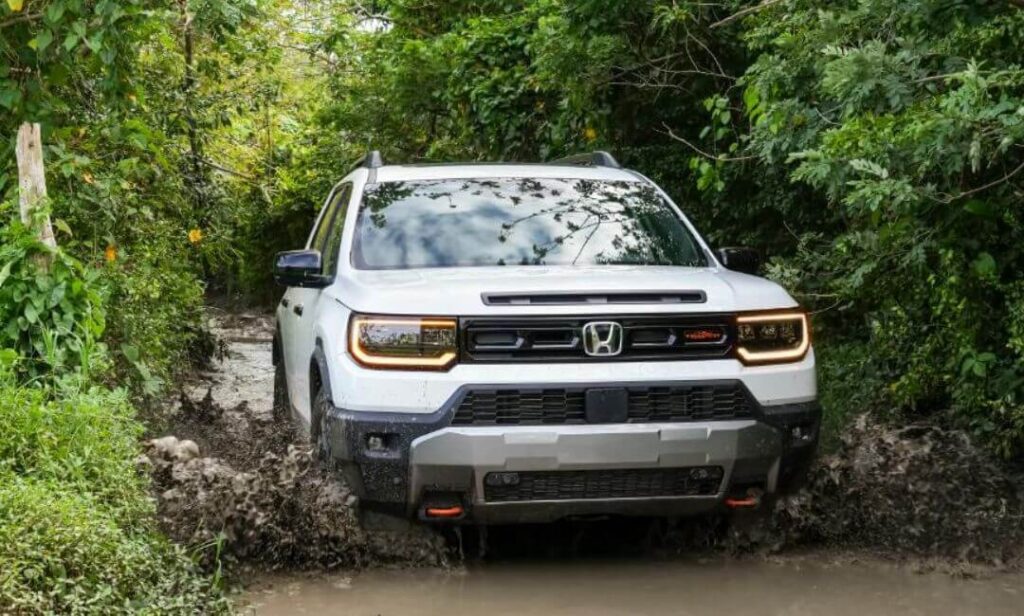
Both the Passport and the Pilot come with Honda’s 3.5-liter V6, rated at 285 horsepower and 262 lb-ft of torque (Pilot edges out in horsepower, torque remains the same for balance). On paper, sure, they look the same, but driving them back-to-back doesn’t feel identical. The Passport kind of pushes you to get off the road—it’s got the 10-speed auto, Honda’s i-VTM4 all-wheel drive as standard, plus 8.3 inches of clearance. You don’t think twice before hitting a dirt track or loading up some gear.
The Pilot, running the same motor, gives you the choice of front-wheel or all-wheel drive. On highways, it’s calmer, smoother, and honestly just easier to live with every day. Because of the longer frame, it feels planted, but yeah, it’s not the quickest when you’re turning tight corners. It trades that little bit of sharpness for comfort, which, to be fair, is exactly what most families want anyway.
Room to Stretch: Space and Comfort
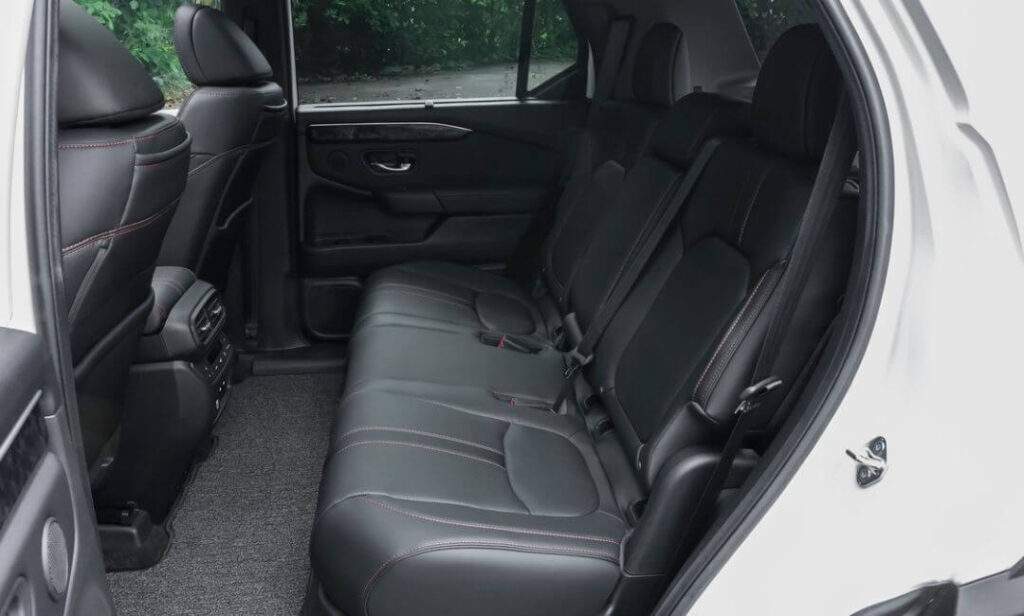
The Pilot is huge inside. Depending on trim, it can seat up to eight people without feeling cramped. Total passenger space is 154.9 cubic feet. Behind the first row, there are 87 cubic feet of cargo. Fold the second row, and that drops to 48.5. The third row is 18.6. You can fit kids, bags, groceries—it doesn’t matter—it swallows it all (perfect for larger families or weekend trips).
The Passport is smaller, seats five, 115.4 cubic feet of passenger space. Cargo behind the first row is 83.8 cubic feet, behind the second row 44. The cabin feels roomy even though it’s shorter. A wider stance makes it easier to drive through tight city streets or take on trails. Big doesn’t always mean better, and the Passport proves that (easier to maneuver in city traffic or off-road).
Inside the Cabin
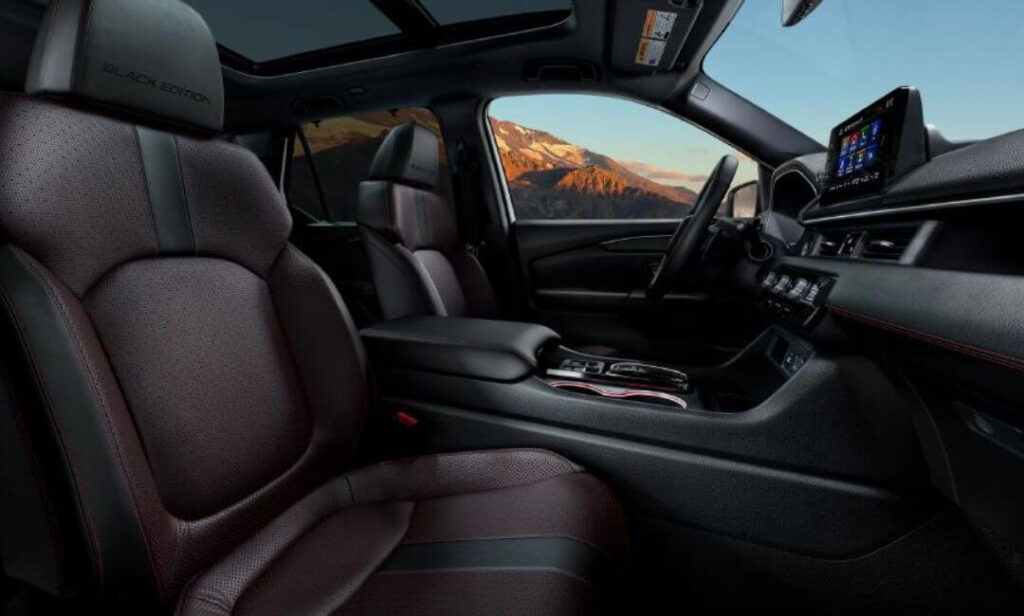
The Passport TrailSport has a big 12.3-inch touchscreen that’s easy to reach for quick access to features. Apple CarPlay and Android Auto work without needing cables, and Google’s built in for “maps and music,” which is pretty handy. The leather seats are heated and ventilated—keep you cozy no matter the weather. The Bose system sounds great without being too loud. Underfloor storage is useful; you can toss in tools, camping gear, or whatever else you need. Honda Sensing comes standard, and the “TrailWatch” cameras on this trim help when the trail gets tricky.
The Pilot EX-L keeps things simple but works well for families. The 8-inch touchscreen is straightforward, and you can go for the 10-speaker audio system (Honda Premium Audio) if you like. Seats are comfy, leather optional, and cargo folds flat for groceries, strollers, or sports stuff. The cabin feels roomy without being massive. Honestly, the Passport feels like it’s made for “tech and adventure,” while the Pilot is more about making daily life simple and easy.
On the Trail vs. On the Highway
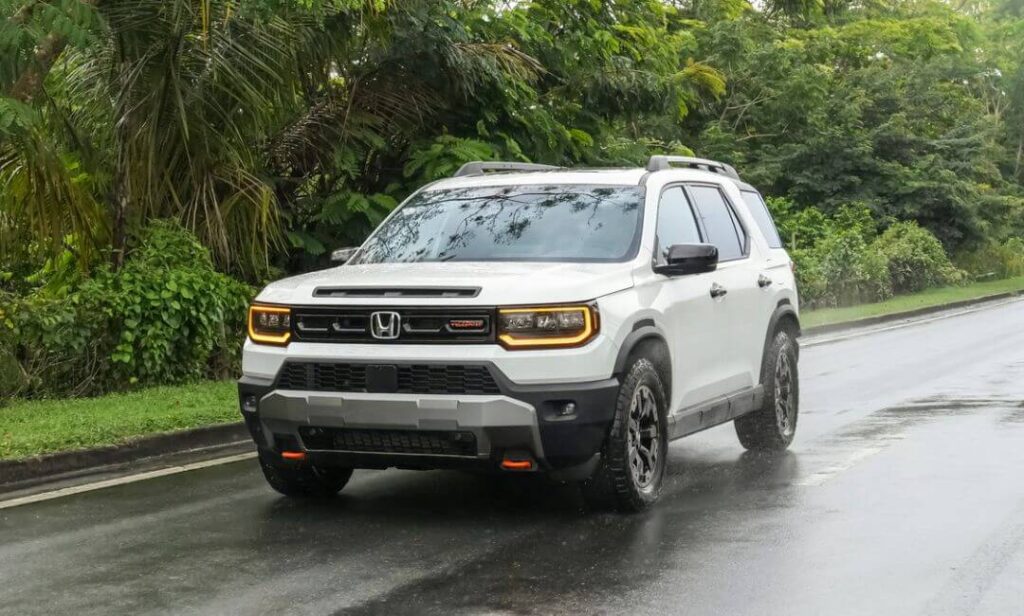
Hit a rough patch, and you notice the difference. The Passport TrailSport handles it well, with 8.3 inches of ground clearance, i-VTM4 AWD, all-terrain tires, and TrailSport-tuned suspension. Shorter and wider than the Pilot, it feels nimble. TrailWatch cameras help on tricky spots, and towing up to 5,000 pounds is no problem.
The Pilot can manage light dirt roads, too, but it’s more about comfort. Same 3.5-liter V6, optional AWD, ground clearance varies by trim (≈7.3–8.3 inches), but sharp turns feel slower because of the longer body. TrailSport suspension helps, yet the Pilot suits families who want easy weekend adventures without worrying about rough patches.
Price Tags and What You Get
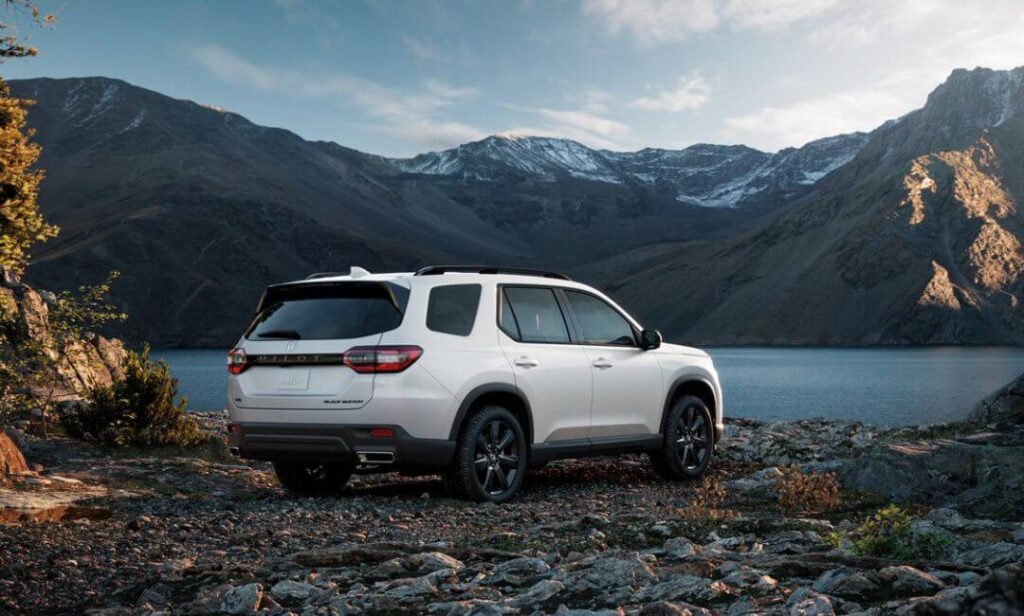
The Passport starts at about $46,245 — not cheap, but that includes the off-road gear and extra tech. Trims go from RTL up to TrailSport Elite, so you can pick how much adventure you want.
The Pilot starts lower at roughly $41,695, and adds comfort as you move up the trims. Both come with the same warranty (3 years/36,000 miles basic, 5 years/60,000 miles powertrain). The main difference is really what you need from your SUV.
Which One Fits Your Life?
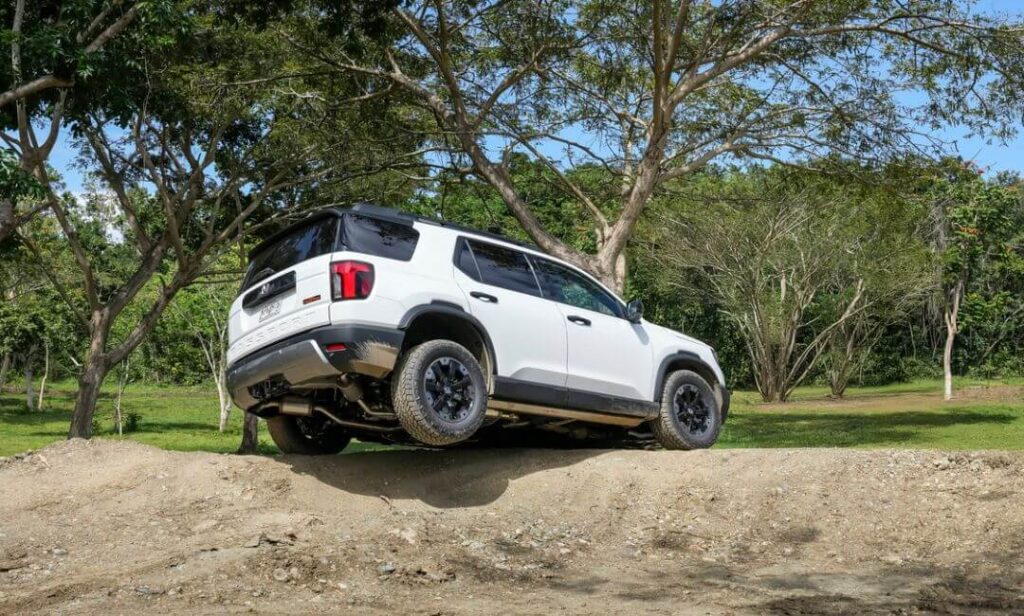
So here’s the deal—if your weekends involve dirt roads, trails, or a lot of gear, the 2026 Passport is your buddy. If it’s school runs, groceries, and road trips with the whole crew, the 2025 Pilot makes life easy. And yeah, while SUVs like the Jeep Grand Cherokee, Ford Edge, and Toyota Highlander are out there, these Hondas just get it. Take both out, feel them, and you’ll know which one clicks.
Read More:

